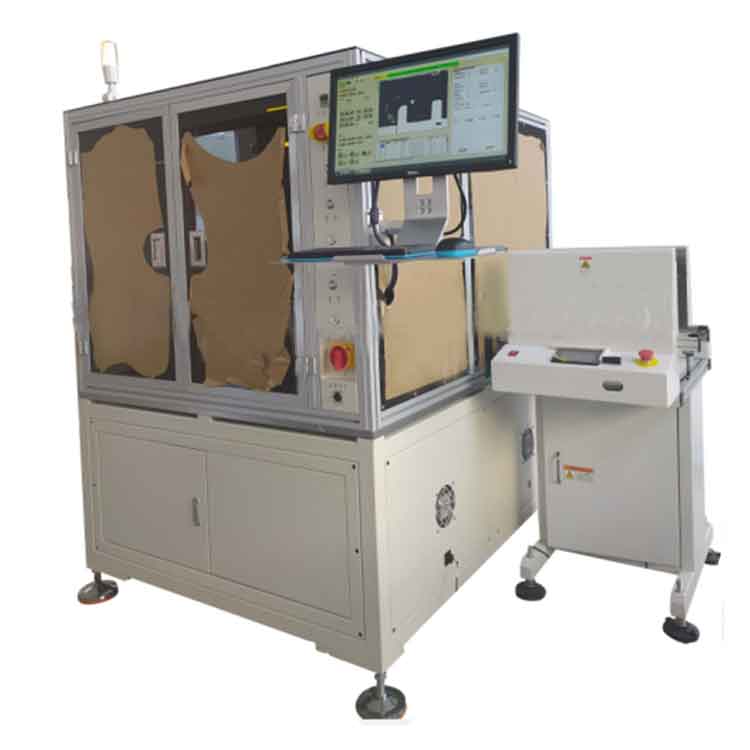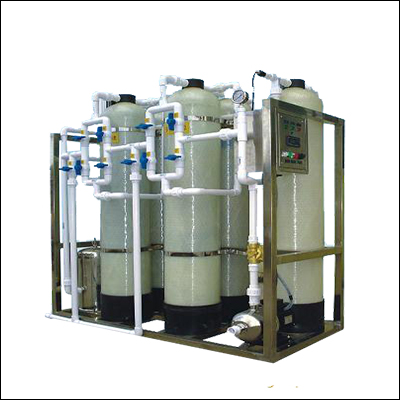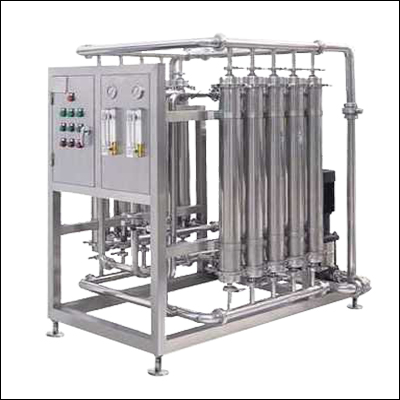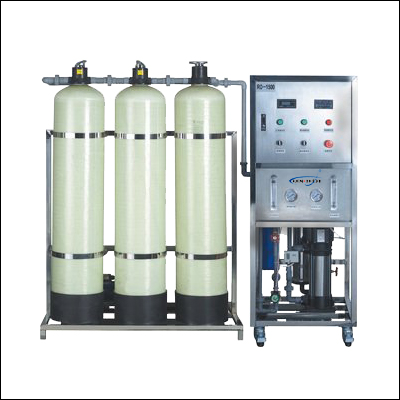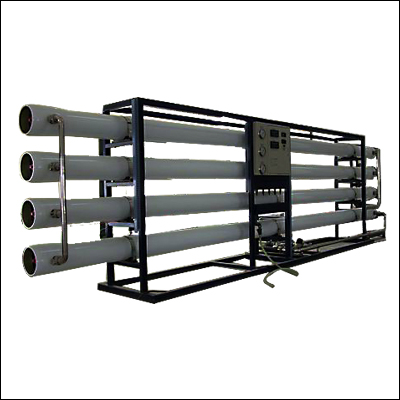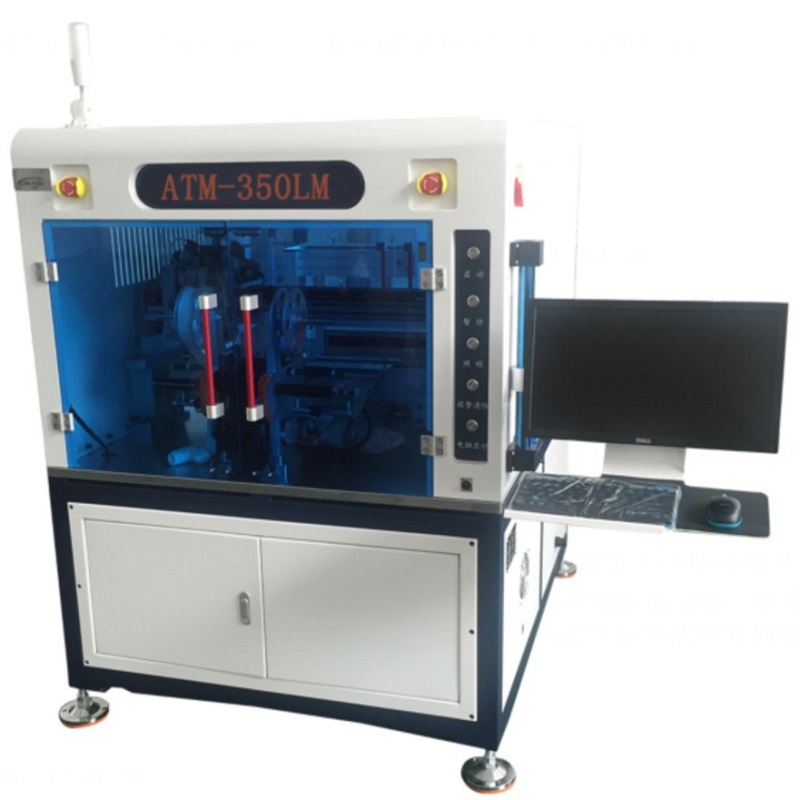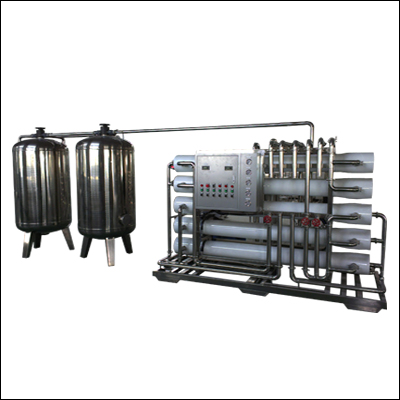- SMT labelling machines
- Multi-station labelling machines
- High precision labelling machines
- PCB labelling machines
- Pallet labelling machines
- Automatic labelling machines
- High-speed labelling machines
- Double-sided labeling machine
- Self-adhesive labeling machine
- FPC adhesive backing machine
- Mobile phone adhesive backing machine
- speaker sticker backing machine
- Automatic backing machine
- Automatic adhesive backing machine
- Search
Vehicle urea equipment

- Product:Vehicle urea equipment
- Catalogue:Labelling machines
- Views:177481times
- Update:2019/8/6 16:27:00
- Call:133-6065-4218
A profile, automotive urea:
Vehicle urea is a special reducing agent for exhaust gas purification for diesel engines. It is an odorless, nontoxic solution stored in special storage containers on diesel trucks. When the exhaust gas is discharged from the engine, it goes with the exhaust gas to the SCR catalytic converter, which converts the nitrogen oxides into harmless nitrogen and water, thus greatly reducing the exhaust emissions. Urea abroad generally called Adblue or DEF, equipped with Adblue diesel has a separate container to store. Currently SCR (selective catalytic reduction technology) technology into diesel engine Ⅳ standards preferred. Domestic engine manufacturers are beginning to use SCR technology to meet environmental requirements.
Ii. Production process:
Vehicle urea (vehicle urea, vehicle environmental urea) is the diesel engine exhaust treatment liquid, it is a necessary consumable in the SCR technology, used to reduce the nitrogen oxide pollution in the diesel engine exhaust liquid, its composition is 32.5% of high purity urea and 67.5% of deionized water.
1 pure water process:
Raw water → raw water tank → booster pump → sand filter → activated carbon filter → scale inhibitor device → 5ms precision filter → first high-pressure pump → first membrane treatment system → first RO water tank → second high-pressure pump → second membrane treatment system → second RO water tank.
Urea production process
Tap water → pretreatment → first-order reverse osmosis → second-order reverse osmosis → ultra-pure water storage tank → material storage tank → homogenization system → primary filtration system → decolorization system → extraction → purification → filling.
Iii. System description:
This production line is composed of pre-mixing system, heat exchange system, primary filtration system, homogenization system, decolorization system, purification system, regeneration system, etc. This operation mode is an advanced and mature domestic vehicle urea production process, which has entered the large-scale industrial production stage.
1) pre-mixing system: adopt aeration mode and uniform system to remove some aldehydes in the raw material liquid and homogenize it.
Heat exchange system (optional) : adjust to the required temperature of the process. Granulated urea in bags shall be heated up so as to make urea granule more soluble (steam provided by party a).
Primary filtration and decolorization system: to remove suspended substances and other floating impurities in urea and ensure that the following process will not be affected. The decolorization system adopts high quality activated carbon for adsorption and decolorization to remove other organic impurities in urea and make urea solution more clear.
Fine filtration system: prevent the activated carbon particles in the decolorization system from entering the back treatment process and affecting the quality of the back products.
5) purification system: adopt multi-stage purification tower to remove various ions, biureas, phosphate and other impurities in urea solution, so as to ensure that the product meets the requirements of national standard gb29518-2013 << diesel engine nitrogen oxide reducing agent urea solution >> standard
6) micro-filtration system: intercept some residual impurities that may not be visible to the naked eye caused by pipes, storage tanks and power equipment in the production process, so as to ensure stable and reliable quality of finished products.
Reduction and regeneration system: the purification tower gradually fails in the process of production, and the reduction and regeneration treatment needs to be carried out after reaching a certain period, which takes 6-8 hours. Reusing the purified tower after reduction and regeneration treatment can completely meet the requirements of the original production process. During each regeneration cycle, 2 tons of waste water will be produced, which does not contain other heavy metals, mainly because the PH value does not meet the requirements. Through neutralization and adjustment, environmental emission standards can be reached.

